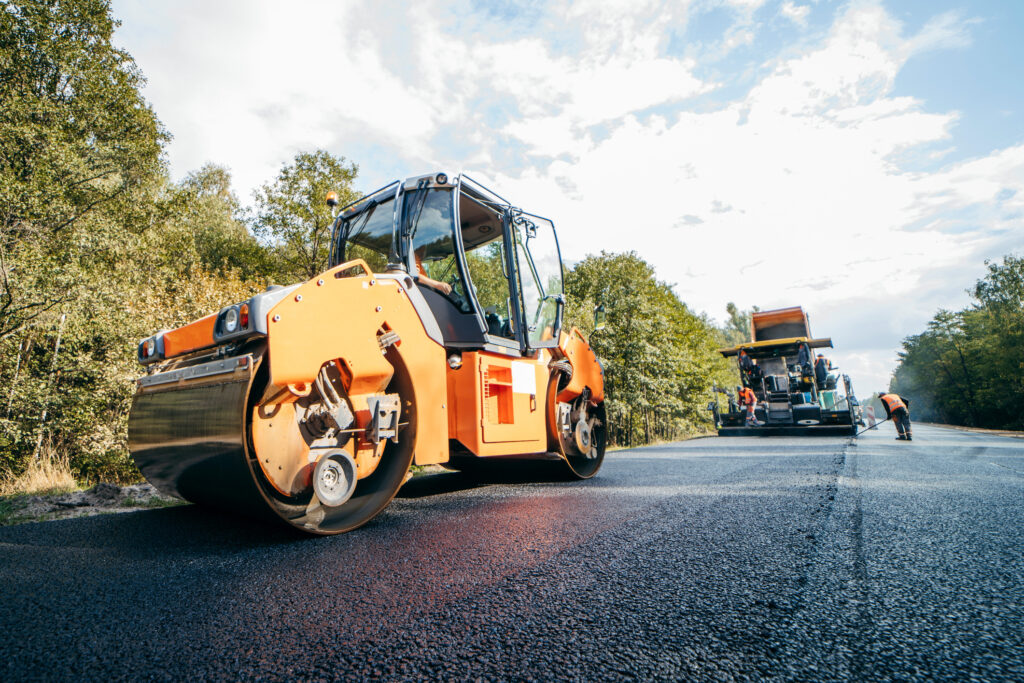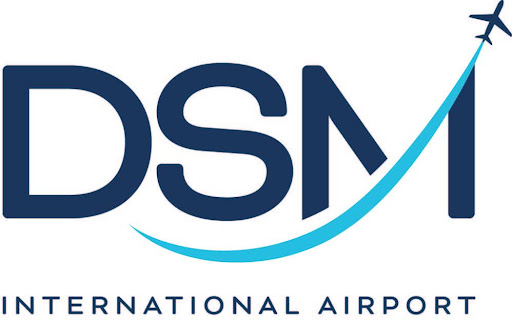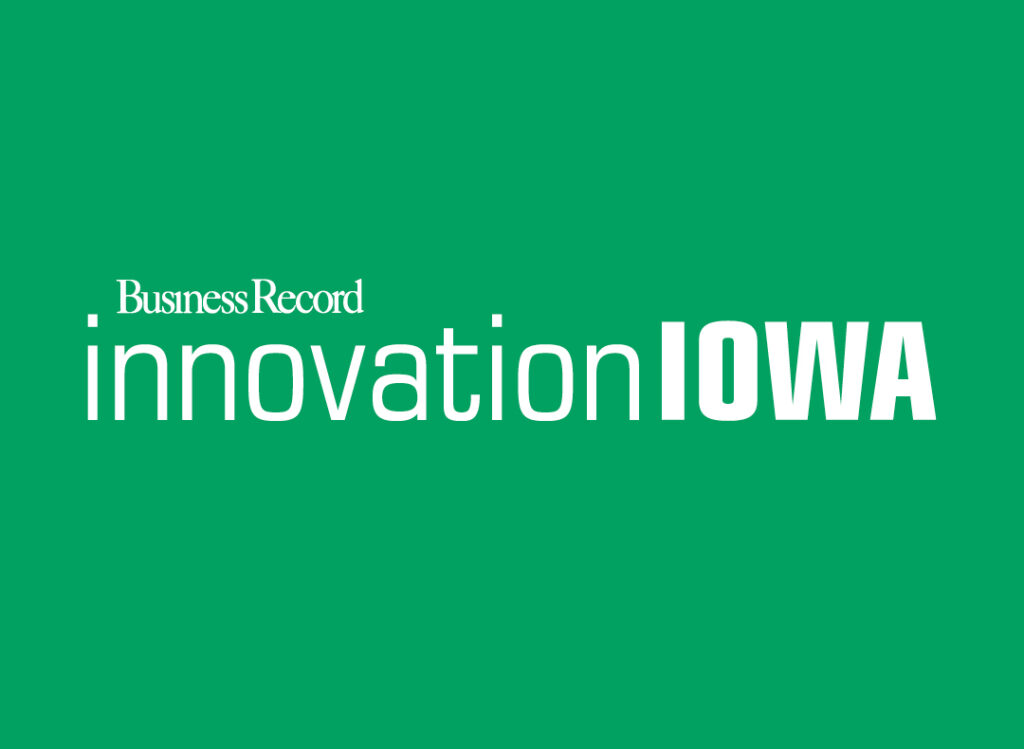Airport’s future
Executive director: New airport terminal depends on fee increase

Kevin Foley is in a bit of a predicament. The executive director can’t see a way Des Moines International Airport can pay for a $433.9 million project that includes a new terminal unless Congress allows airports to boost the so-called “passenger facility charge” cap to $8.50 per flight segment. The maximum now is $4.50 per segment, a price set in 2000.
The fee is $4.50 per flight segment with a maximum of two fees charged on a one-way trip or four on a round trip, for a maximum of $18 total.
Foley said the $8.50 is intended to adjust the fee for inflation — and that’s it. Airports — many of which need new terminals and other facilities — aren’t asking for added buying power, just to catch back up from 18 years ago.
In Des Moines’ case, the higher fees, known as PFCs, would mean an extra $55 million in bonding capacity to replace the terminal, built in 1948, and to replace aprons and taxiways. The $5.2 million a year now coming from the PFCs would rise to nearly $10 million
“I don’t see this project happening without the increase in the PFCs,” Foley said in an interview.
The funding issue matters because the terminal project is running about four years behind the original schedule as ridership continues to climb and the board searches for a final financing plan. In fact, February ridership was 3.8 percent higher than the previous February. Meanwhile, the airport board is working through questions about the scale of the project, funding sources and logistical work.
Something else that might help pay for the project: lowering the 20 percent contingency fund for the project. Foley admitted that the figure is high — likely too high. Developer Jake Christensen, who is on the airport board, told Foley that in the private realm, 8 to 10 percent contingency would be seen as adequate.
Foley said he could see saving $28 million by reducing the contingency fund to cover unexpected expenses from the consultants’ proposed 20 percent to a more conventional 10 percent. Another option to help airport finances would be to look at a round of value engineering as the design jells.
With consultants’ proposed changes, the new terminal and related changes would cost an estimated $433.9 million, including the demolition costs. It had been $496 million, roughly. The terminal itself would cost $284 million, down from $334 million.
The airport has options to cut costs and to seek grants — or even to sell naming rights — but the PFCs would go the farthest to make the financial package fall into place, Foley said. Foley has found little solid interest from potential buyers of naming rights.
Consultants HNTB have proposed lopping off the fourth floor of the proposed Des Moines terminal building that would feature an expandable baggage area, restaurants and shops within view of the security lanes, and a bigger security area than the current terminal has. Rental cars would shift to the south side of the airport grounds, allowing the airport to cut a level off the proposed addition to the parking ramps. That knocked the ramp cost from $31 million to $17 million. It will cost $18 million to move the rental car operation to a new facility.
HNTB has raised the prospect of delaying demolition of the existing terminal to save money upfront. But Foley noted that there would be no plans to try to lease that space, due to the money it would cost to remodel the space. And the old terminal will be wedged right into the new one at the north end.
Among the next steps will be an environmental assessment that could take as long as 18 months to complete.
A public meeting on the latest plans is set for 5:30 p.m. March 28 in the Cloud Room at the airport.
The board is set to vote April 10 on the latest plans.










